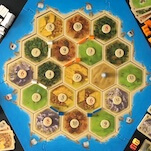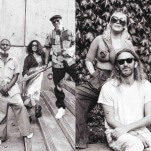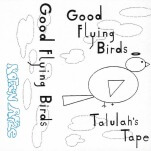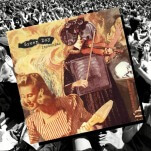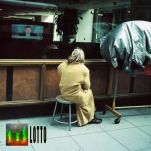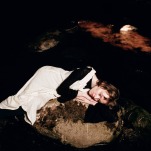Horror TikTok Solidifies Found Footage’s Evolution into Digitally Discovered Horror
Photos Courtesy of TikTok and Artisan Entertainment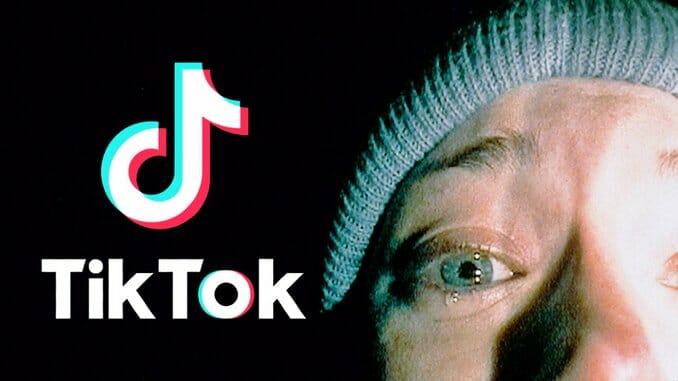
Humans have an obsession with the macabre and the extreme, from acts of sex and torture to the existence of the paranormal. Rapidly developing technology has only encouraged that interest, increasing both the ability to access disturbing content and to create it, birthing a new kind of DIY horror filmmaking that’s stretched from the VHS tape to digital spaces such as TikTok. These films and videos, part of an emerging subgenre I call digitally discovered horror, are experiments with the horror genre that blur the line between fact and fiction, not unlike their found footage cousins. However, these experiments are more than just horror movies—they’re seemingly true first-person accounts of the disturbing and horrific, posted online using the same platforms as daily social activity. It doesn’t matter if these videos are actually real or not; all that matters is that we believe them.
The launching point for this iteration of experimental horror started in the realm of physical media with the video nasties of the 1980s. With the rise of video cassettes and the wider access of films to the public, the United Kingdom realized there were no regulations on who could access images of violence, sex and terror. So, with the Video Recordings Act 1984, the video nasties were born: A list of films deemed too violent to be shown or distributed in the United Kingdom. These films, such as The Evil Dead, The Driller Killer and The Last House On the Left, were all low-budget indie horror films that pushed the cinematic boundaries of the genre.
While they were only technically banned in the U.K., so much attention was given to the gory and disgusting subjects of the films that they became hugely sought after. Video nasties laid the groundwork for advancing viewing technologies (and the innovations/accessibility they bring) ushering in new generations of horror lovers and creators. They provided a bridge between the realm of physical and digital media, showcasing the power of weaponizing taboos and using them as entertainment. Fanzines such as Cold Sweat popped up in the 1980s, which were lists of and homages to the video nasties. Physical media collectors bonded over where they were able to find copies of these films. Directors, such as Neil Marshall of The Descent, cite video nasties as a core inspiration for their own horror filmmaking.
These trends continued in later films such as the Japanese movie The Flowers of Flesh of Blood, a snuff-like film that led actor Charlie Sheen to call the police due to its graphic violence. Again, that appearance of reality is crucial to generating not only fear, but the urban legends that surround such films. Then, there is The Blair Witch Project, a found footage horror film that was perceived as a snuff film until its release. It wasn’t just a cinematic experience, but also a digital one as communities began to spring up on the early Internet to solve the mystery of the three murdered students.
From there, DIY horror filmmaking begins to morph into digitally discovered footage—a form that heavily relies on the authenticity of being just another person uploading their experiences online. The form became much more amorphous, shifting from the full-length narratives of the video nasties into something much shorter, grittier and homemade. In the ‘00s and ‘10s, as the Internet was exponentially growing into the terrifying and beautiful monstrosity it is today, there was a hunger to discover the nastiest and scariest videos online. Think “2 Girls, 1 Cup,” “Lemon Party,” “BME Pain Olympics”—the shock site list goes on. Strangers around the world bonded over their shared trauma and friends would laugh as they tricked other friends into looking at things such as Goatse and Blue Waffle. The key to the shock created by these images was how they were perceived to be real; viewers were finally given access to taboos that were kept hidden from society. Those women really were eating that. That man really was stretching his body like that. The human body was taken to the extreme, and viewers believed it was truly happening.
-

- Curated Home Page Articles By Test Admin October 21, 2025 | 3:10pm
-

- Curated Home Page Articles By Test Admin October 21, 2025 | 2:57pm
- Urls By Test Admin October 21, 2025 | 2:57pm
- Curated Home Page Articles By Test Admin October 21, 2025 | 2:55pm
-

-

-

-

-

-

-

-

-

-

-

-

-

-

-

-

-

-

-

-

-

-

-

-

-

-

-

-

-

-

-

-

-

-

